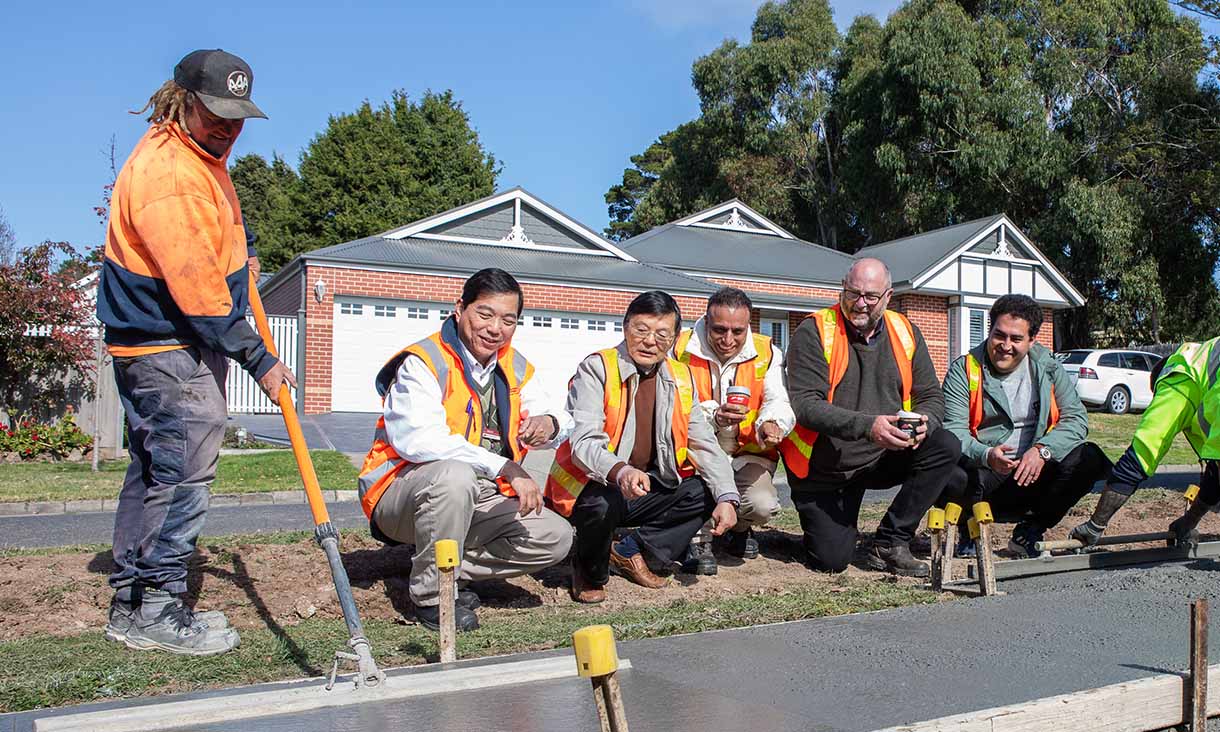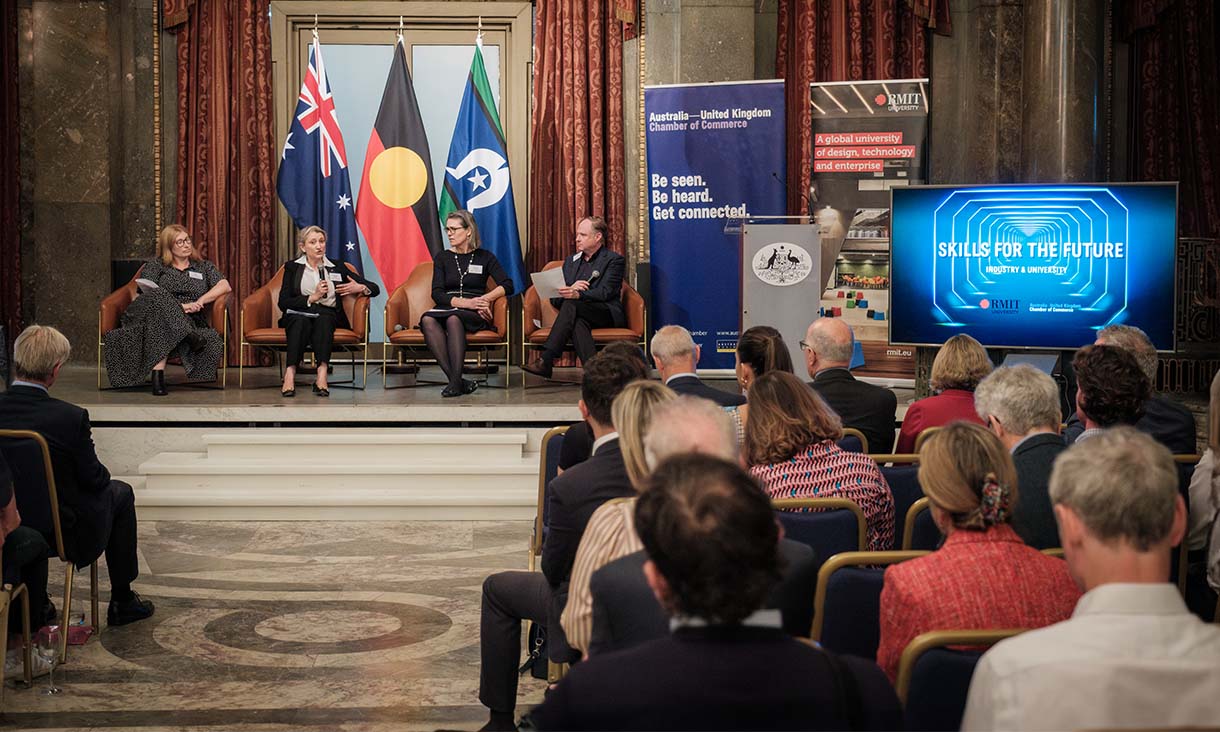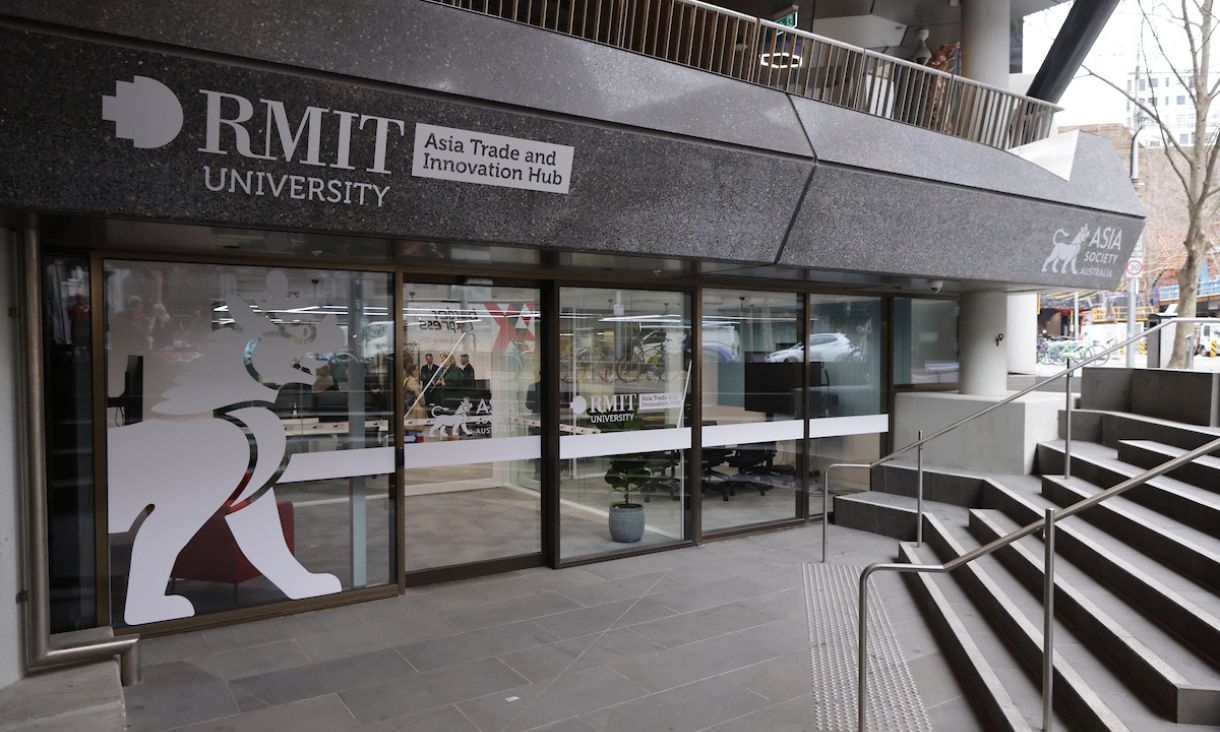Liveability must be at the heart of future planning
While much of the budget will be dedicated to COVID recovery, Director of the Australian Urban Observatory Associate Professor Melanie Davern said Victoria should commit to improving liveability.
“COVID-19 has made Victorians rethink the liveability of their local neighbourhoods and emphasised the importance of 20-minute neighbourhoods,” she said.
“Repeated lockdowns in 2020 connected Victorians to their local area, with more people than ever visiting their local public open spaces, walking to shops and getting on their bikes.”
Davern said public open spaces must be planned now for increasing populations and urban densification.
“Incentives should be provided to get people back onto public transport and increasing support and maintenance of walking and cycling infrastructure,” she said.
“Our neighbourhoods must be liveable places that support the wellbeing of all Victorians, regardless of if they live in inner Melbourne, booming regional towns or outer growth suburbs.”
Big ‘public’ housing build needed urgently
Recent figures show the number of households languishing on Victoria’s waiting list for public and community housing has increased from 33,073 in September 2016 to 45,698 last June.
That’s more than 110,000 people - thousands of them children - in urgent housing need now, according to Professor Libby Porter from the RMIT Centre for Urban Research.
“This is unacceptable. Public housing must be an urgent priority in this year’s budget if we are to stop this growth in the number of people in housing stress,” she said.
“The Victorian Government must directly build and invest in sufficient public housing to reduce the waitlist to zero by 2024.”
Porter said the long-standing approach of favouring private housing investors must be abolished.
“We must fund an approach that recognises proper wide-scale public investment in public housing as an essential social infrastructure,” she said.
“We must also mandate an annual budget line for the upkeep, upgrading and maintenance of all public housing dwellings to the standards expected of responsible landlords in Victoria.”
While hotels provided homes for Victoria’s vulnerable during lockdown, Dr David Kelly from the RMIT Centre for Urban Research said the majority of rough sleepers were back on the streets.
“To effectively address homelessness, we need to embark on a government-led, no private partnerships, big ‘public’ housing build,” he said.
“This build needs to happen on public lands to increase supply in metropolitan and rural areas where it’s needed.”
Kelly said the Victorian government should fund and adopt recommendations from the recent parliamentary inquiry into homelessness including:
- Recognising community housing providers as public authorities.
- Amending the Civil and Administrative Tribunal Act to consider whether eviction decisions for tenants in social housing comply with the Charter of Human Rights and Responsibilities.
- Incorporating the right to housing in the Victorian Charter of Human Rights and Responsibilities Act.
- Legislating mandatory inclusionary zoning to ensure local government areas and developers commit to a percentage of new developments that are dedicated to social housing – ideally no lower than 20% in urban areas.






